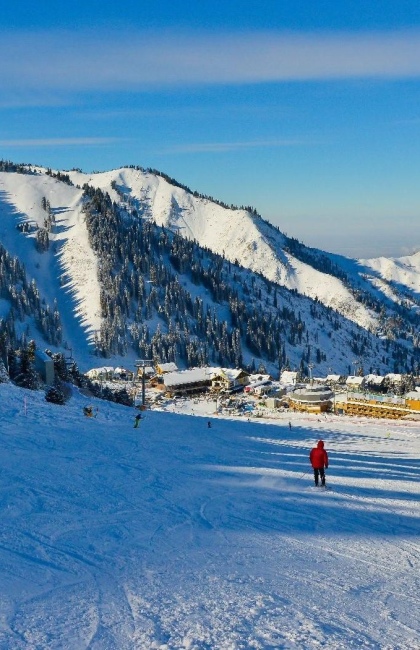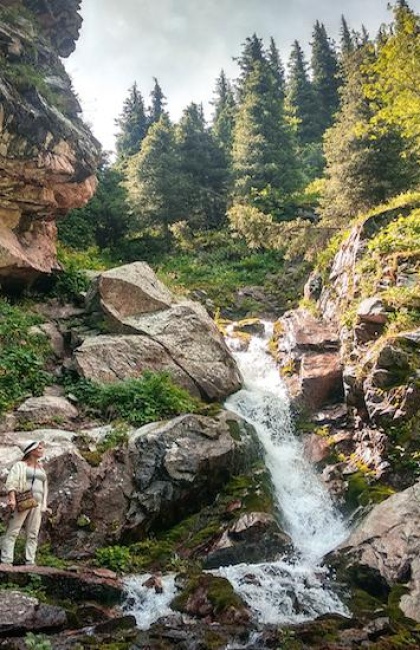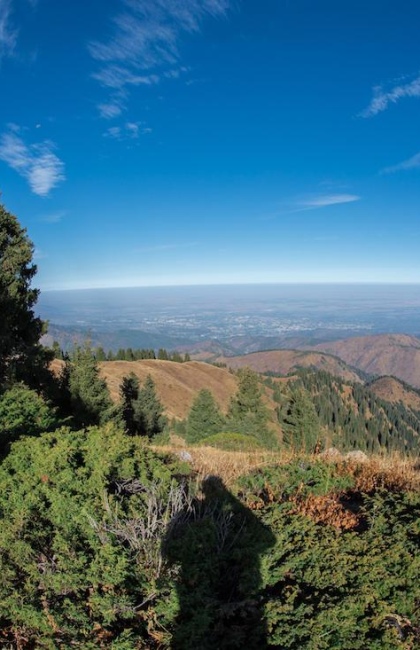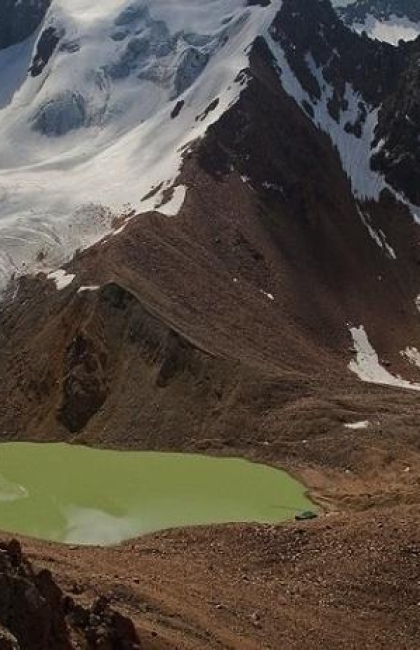Ust-Kamenogorsk, known as Oskemen in Kazakh, is the largest city in eastern Kazakhstan, nestled in the foothills of the Kazakh Altai Mountains. Serving as the administrative center of the East Kazakhstan Region, it shares borders with the Abay Region to the west, China's Xinjiang Uyghur Autonomous Region to the east, and Russia's Altai Republic to the north.
Historical Background
Centuries ago, this region was inhabited by the Naiman and Kipchak tribes, eventually becoming part of the Kazakh Khanate in the 15th century, marking the inception of Kazakhstan's first state. In the early 18th century, the area along the Irtysh River faced incursions from the Dzungars, leading to the infamous Kazakh-Dzungar war, a period of great hardship and suffering known as the "Years of Great Disaster."
Despite the turmoil, the conflict spurred the construction of fortresses, which evolved into towns over time. In 1720, Major I. Likharev's military expedition, following a successful defense against the Dzungars, established Ust-Kamenogorsk at the confluence of the Irtysh and Ulba rivers. The remnants of the military hospital, barracks, storerooms, and prisons from the original fortress still stand. Provisions were sourced from neighboring regions along the Irtysh or transported by horseback.
The Ust-Kamenogorsk fortress gradually transformed into a village and later a town, engaging in trade with China and Mongolia. The town hosted frequent fairs where commodities like bread, honey, furs, wax, leather, and more were exchanged on the bustling market square. To this day, stone houses that once belonged to affluent merchants grace the city streets.
During World War II, Ust-Kamenogorsk became a sanctuary for evacuated enterprises, such as Electrozinc and the Simferopol Motor Repair Plant. The post-war era witnessed a surge in industrial growth, with the establishment of various factories and plants, including a valve plant, titanium-magnesium plant, and furniture factory, among others.
In 1958, the Ust-Kamenogorsk television center earned the distinction of being the first in Kazakhstan to conduct regular television broadcasts.
Ust-Kamenogorsk serves as the primary center for non-ferrous metallurgy in Kazakhstan, benefiting from the abundant deposits of zinc, lead, silver, copper, gold, titanium, cadmium, and more in its surrounding areas.
Population
Ust-Kamenogorsk is home to nearly 340,000 residents. The city's demographic tapestry reflects the rich diversity found across Kazakhstan, with a blend of various ethnic groups. Among its inhabitants, you'll find Kazakhs, Russians, Tatars, Belarusians, Germans, Azerbaijanis, Chechens, Armenians, Koreans, and more.
On the left bank of the Irtysh River, an entire ethnic village beckons visitors to delve into the lifestyles of Ust-Kamenogorsk's diverse communities. This village allows guests to journey back in time, gaining insights into how these communities lived during the 18th to 20th centuries, from their choice of furniture and utensils to their clothing and daily routines.
Religion and Languages
Predominantly, the residents practice Islam and Christianity. Additionally, Ust-Kamenogorsk hosts communities representing Judaism, Protestantism, Buddhism, and other religions.
Within the city, a variety of religious structures can be observed, including the East Kazakhstan Regional Mosque (the third-largest in the country), the Ust-Kamenogorsk Central Mosque, the Holy Trinity Cathedral, the Zinoviev Temple, the Chabad Lubavitch Synagogue, and more.
As in other regions of Kazakhstan, the primary languages spoken here are Kazakh and Russian.
Climate
The climate in Ust-Kamenogorsk exhibits a distinct continental nature, marked by cold winters accompanied by winds and snowstorms, followed by dry and hot summers. The average winter temperature hovers around -14°C (7°F), while summer brings temperatures averaging about 20°C (68 °F).

_420x650_4ab.jpg)
![Групповая экскурсия "Знакомство с Нур-Султаном. Маршрут I" (2,5-3 часа) [ожидает перевода] Групповая экскурсия "Знакомство с Нур-Султаном. Маршрут I" (2,5-3 часа) [ожидает перевода]](/assets/cache_image/products/0_gallery/tours/astana-excursions/astana1_420x650_c98.jpeg)


_420x650_4ab.jpg)



